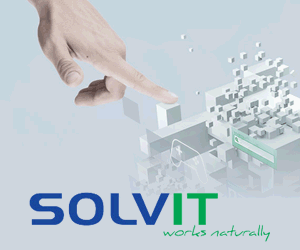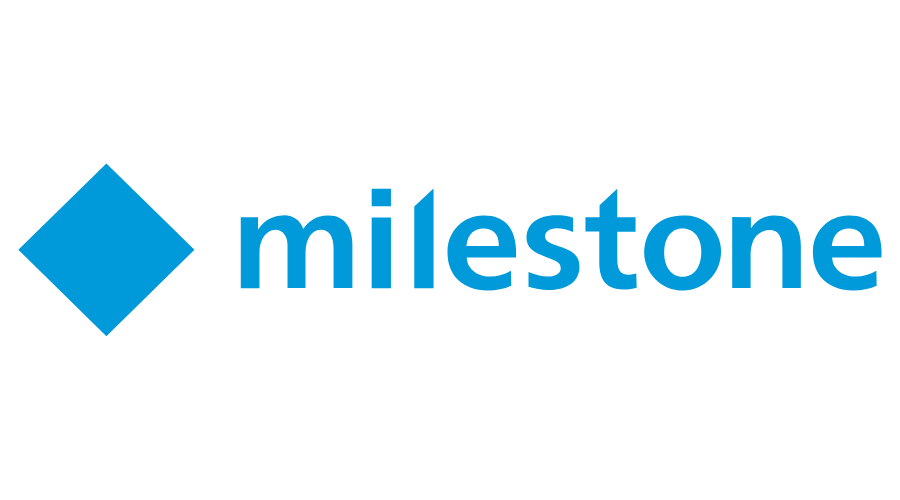Maintenance and Repair Operations (MRO) are among the most important activities of modern industrial organizations. They enable enterprises to operate smoothly and have a significant impact on productivity and bottom lines. An important part of MRO deals with the management and maintenance of physical assets like the machines and tools used in production operations. That is why enterprises invest heavily in novel and intelligent ways for managing their assets.
 The simplest approach to maintaining assets is reactive maintenance. In reactive maintenance, assets are repaired or replaced when they break down. Reactive maintenance is not very effective—it often leads to production downtime as operations must be halted while the asset is replaced. This is why most enterprises employ an alternative maintenance model for key assets, called preventive maintenance. This method replaces or maintains assets in advance of their nominal end of life. By being proactive, catastrophic downtimes are avoided, as the assets’ end of their life is never reached. This isn’t the most cost-effective method, as the life of the product may be cut short, which is why condition-based maintenance is also an option.
The simplest approach to maintaining assets is reactive maintenance. In reactive maintenance, assets are repaired or replaced when they break down. Reactive maintenance is not very effective—it often leads to production downtime as operations must be halted while the asset is replaced. This is why most enterprises employ an alternative maintenance model for key assets, called preventive maintenance. This method replaces or maintains assets in advance of their nominal end of life. By being proactive, catastrophic downtimes are avoided, as the assets’ end of their life is never reached. This isn’t the most cost-effective method, as the life of the product may be cut short, which is why condition-based maintenance is also an option.
Condition-based maintenance replaces or maintains an asset based on its actual condition. It’s used to maintain the asset before a breakdown happens. One of the most popular types of condition-based maintenance is predictive maintenance. It leverages predictions about the Remaining Useful Life (RUL) and the End-of-Life (EoL) of the asset by scheduling maintenance at the most appropriate time. Predictive maintenance avoids catastrophic downtimes, while optimizing Overall Equipment Efficiency (OEE). Nevertheless, the implementation of a predictive maintenance approach is challenging, as there is no easy way to predict and anticipate failures of industrial assets.
In recent years, the advent of Industry 4.0 enables enterprises to collect vast amounts of digital data about their production systems. This facilitates the implementation of predictive maintenance and leads to tangible economic benefits. Predictive maintenance is one of the most popular Industry 4.0 applications for two reasons: its proven Return on Investment (ROI), and its broad applicability in almost all industrial sectors, including manufacturing, oil and gas, mining, smart buildings and more.
Remaining Useful Life Estimation with Predictive Analytics
The development of predictive maintenance solutions leverages large volumes of digital data from sensors, production systems, and enterprise applications. These data are processed by advanced analytics algorithms like Machine Learning (ML) and Artificial Intelligence (AI), to help evaluate the condition of the equipment. Predictive analytics algorithms are applied over data from various devices like vibration sensors, temperature sensors, power consumption sensors, acoustic sensors, ultrasonic devices, and thermal imaging devices. Additional information from business information systems (e.g., ERP (Enterprise Resource Planning) systems) is exploited, including for example production quality information and machine oil analysis data. The above-listed pieces of information provide useful insights about the operation and condition of the asset.
An integrated predictive maintenance system comprises the following subsystems:
• A data collection subsystem, which ensures the reliable collection of data from sensors and production systems. In most cases, the data collection system is a Big Data system that handles streaming data with high ingestion and data at rest. The system is empowered by a robust networking infrastructure, which is configured to support the bandwidth needs of the various data streams.
• A predictive analytics subsystem, which processes the sensor data to provide time estimates for maintenance. This subsystem comprises advanced analytics algorithms such as statistical analysis and data mining techniques like machine learning and deep learning (DL). In recent years, DL techniques are preferred over conventional ML techniques because of their accuracy. However, the use of DL models requires more data than traditional ML algorithms.
• A visualization subsystem, which presents predictive insights to maintenance engineers and technicians. For instance, predictions about the health status of the assets are visualized in proper dashboards. Information can visualized in the form of Augmented Reality (AR) and Virtual Reality (VR) cyber-representations.
• An actuation and control subsystem, which leverages predictive insights to schedule maintenance operations or to configure the operation of production systems. This subsystem can interact with enterprise applications (e.g., ERP and Asset Management systems) to identify the best time to schedule maintenance. In this direction, the status of pending production orders is considered. Likewise, the actuation and control subsystem, configures machines’ operations towards prolonging their lifetime.
The Rise of Asset as Service
Beyond reduced downtimes and increased OEE, predictive maintenance enables a range of novel enterprise maintenance business models based on the Asset-as-a-Service (AaaS) paradigm. This paradigm enables OEMs to charge for their products according to their use, rather than based on some fixed upfront price. To this end, they leverage insights for the condition and health status of the assets towards planning maintenance, repair, and field service operations. Likewise, they offer visibility of the status of the assets and the maintenance operations that must be performed on them. In this context, it is also possible to implement Maintenance-as-a-Service (MaaS) models, which charge customers for the provision of maintenance and repair insights about the asset.
In the future, MaaS and AaaS will provide industrial enterprises with increased flexibility for the planning of their MRO operations. For example, manufacturers will no longer have to dispose with expensive maintenance contracts. Rather they will be able to pay for maintenance services according to the usage of the asset.
Digital infrastructures and technologies like high-speed networking infrastructures, Big Data platforms and advanced analytics technologies are the main pillars of predictive maintenance solutions. Allied Telesis solutions provide strong value propositions when it comes to implementing reliable data acquisition platforms for predictive maintenance. As a prominent example, the Allied Telesis Total Autonomous Networking solution enables manufacturing enterprises to centralize control and management of multiple devices, while supporting the ever-important recovery, and provisioning services. The solution provides versatile network configuration capabilities based on the analysis of wireless traffic. Specifically, traffic analysis is employed to understand how to best configure the network to meeting demand. It also facilitates the establishment of high-performance WAN solutions, which ensure that maintenance data from different devices can be reliably streamed to the cloud. Another option is the Allied Telesis Self-Defending Networks security solution, which automates the configuration and enforcement of complex security policies at both the edge and the cloud levels of predictive maintenance solutions. This can greatly boost the trustworthiness and reliability of predictive maintenance deployments, which is very important for protecting industrial enterprises from untrustworthy devices and adversarial attacks.
Overall, Allied Telesis provides the foundation for a robust, secure, and high-performance industrial networking infrastructure, which ensures the proper flow of maintenance data from the shopfloor to the cloud. This is a sound basis for a successful and cost-effective predictive maintenance deployment.






























